Therapy
Eye Movement Desensitization and Reprocessing (EMDR)
Sometimes, when something really scary or sad happens, your brain gets “stuck” replaying it, kind of like a song stuck on repeat.
EMDR is a type of therapy that helps your brain get “unstuck.” While you think about the memory, we alternate stimulation to the left and right side of your brain through an EMDR neuromodulation protocol.
This back-and-forth action helps your brain file the memory away in the right place, so it doesn’t feel so big or scary anymore.
It’s like cleaning up a messy room in your mind — the memory is still there, but it doesn’t trip you up every time you walk through.

Whole-Person Healing, Rooted in Hope
At Foster the Mind, we use the most advanced, non-invasive tools available to gently recalibrate brain function and unlock healing. Each therapy is carefully chosen and customized to meet the unique needs of every patient and family we serve.
Understanding EMDR Therapy
What is EMDR?
EMDR stands for Eye Movement Desensitization and Reprocessing. It is a special type of therapy that helps the brain process painful or traumatic memories.
How Does EMDR Work?
During EMDR, you think about the memory, as we alternate stimulation to the left and right side of your brain through an EMDR neuromodulation protocol.
Benefits of EMDR Therapy
Healing from Trauma
EMDR helps people recover from trauma, PTSD, and other painful experiences by calming the brain’s emotional response.
Reducing Anxiety and Stress
Clients often feel less anxious and more in control after completing EMDR sessions.
Lasting Emotional Relief
Instead of avoiding the memory, EMDR helps your brain store it properly so you can move forward with peace.
Who Can EMDR Help?
EMDR for Children
Kids who have experienced scary events can learn to feel safer and calmer.
EMDR for Teens
Teens dealing with trauma, bullying, or anxiety often find relief and confidence through EMDR.
EMDR for Adults
Adults use EMDR to heal from past trauma, manage stress, and build resilience.
Why Choose Foster the Mind for EMDR Therapy
Gentle, Guided Healing
Our therapists create a safe environment so clients can heal at their own pace.
Evidence-Based and Effective
EMDR is backed by science and has been shown to work for trauma, PTSD, anxiety, and more.
Types of Therapies & Treatments
Quantitative EEG (Brain Mapping)
Neurofeedback Therapy
Neuromodulation (Neurostimulation)
Interactive Metronome™
Therapy and Counseling
EMDR
Photobiomodulation – Infrared
Hemoencephalography (HEG)
Proven Change, One Family at a Time

"I wholeheartedly believe that Bryan and Foster the Mind are the primary reasons for my son’s transformation and success."


"The changes in our family have been dramatic... I feel like a better parent and a better version of myself."


"I can honestly say my life is better than ever and I feel hopeful about the future."

Simple 3 Step Process
Step 1:
Book a Consultation
We’ll listen, understand your needs, and schedule a brain map to uncover what’s really going on.
Step 2:
Receive Treatment
Using non-invasive, science-backed therapies, we target the root cause, not just the symptoms, so healing can begin.
Step 3:
Experience Lasting Change
Regain focus, calm, and confidence. With lasting changes in the brain, families move from surviving to truly living.
Ready to get started?
Meet our Founder
Bryan Butler
Bryan Butler, founder of Foster the Mind discovered the power of neuromodulation therapy after decades of depression, anxiety, and psychiatric misdiagnoses from childhood abuse that left him overmedicated, hopeless, and frequently suicidal. His journey of treatment through neurofeedback and then neuromodulation created a profound transformation. After a final suicide attempt he discovered neurofeedback.
Seeing the difference that modern and effective treatment can make for challenging cases led Bryan to found a nonprofit with the goal of restoring hope for abused children and adult survivors of abuse.
Today, in addition to working with patients, Bryan is a way shower in the mental health community offering insights and practical modalities to resolve the root causes of mental dysfunction and suffering.
Frequently Asked Questions
Is this the same as TMS?
No, Transcranial Magnetic Stimulation (TMS) uses a much higher level of electrical stimulation. In our experience, TMS treatment may be more expensive than our approach, is typically not EEG-guided for each patient and doesn't include counseling or talk therapy. We find our gentler, highly targeted and individualized treatment based on brain mapping to be more effective.
How is your brain training different from neurofeedback?
Traditional neurofeedback requires patients to be very still and concentrate intensely for long periods of time. Even blinking can set back progress. Most patients find it frustrating and may end treatment before seeing any results. This treatment modality is especially difficult for children. In contrast, our neurostimulation therapy requires no effort or concentration. It does most of the work for you
How long is each session?
Treatment sessions last for an hour (including setup time).
How often are treatments done?
Patients are typically treated 2–3 times per week and the schedule may be adjusted as progress unfolds. More frequent treatment is sometimes recommended for out of town patients or traumatic brain injury patients to offer greater improvement in a shorter time frame.
How many sessions will it take to see results?
Most patients begin experiencing changes within a few sessions. Because every brain is different, we don’t know up front the total number of treatments to reach the desired outcome. We do work with patients for as long as needed to achieve relief and are known for taking on and resolving challenging cases.
How much does treatment cost?
Treatment sessions at the clinic are $250. In-home sessions are billed at a higher rate.
Does insurance cover neuromodulation therapy?
At this time, we are not aware of any insurance plans that cover our treatments. You do have the option of using your HSA (Health Savings Account) to pay for treatment with pretax dollars. We look forward to the day when this proven therapy is covered by insurance!
How can I prepare for my brain map (EEG)?
Time of Day: The best time to schedule a brain map is in the morning when you are most alert and your mind refreshed rather than in the afternoon.
Sleep: Try your best to get a good night’s sleep before you come.
Food: Try your best to eat a nutritious breakfast or have a protein snack 1 hour before your brain map. Be sure to be well hydrated. Bring a water bottle with you.
Caution: Avoid caffeine and nicotine 30 minutes prior to your brain map.
Medication: Continue with your prescribed medications as directed by your doctor and let us know what you are taking so that we can take that into account since some medications do affect your EEG activity.
Hygiene: Wash and dry your hair and avoid all styling products on the day of your brain map. If possible, do not use conditioner when you wash your hair before a brain map. These products like conditioner and gel leave a residue on your scalp which interferes with obtaining a good signal and contact of the sensors to the scalp.
Eyewear: To minimize eye blinking, it is best to remove contact lenses during the recording of the brain map. Please bring your contact lens case and solution to store your contacts. Eyeglasses can be worn if needed but may be more comfortable if removed while wearing the sensor cap.
Jewelry: Earrings will need to be removed to allow for the placement of sensors on your ear lobes.
What to bring with you:
• Contact lens case and solution if needed.
• Water bottle and small snack
• Drying towel, comb to restyle or hat/scarf to cover the head after the recording is over.
What should I expect on the day of my brain map (EEG)?
When you come for your appointment, you must turn off your cell phone or any other electronic equipment which can interfere with the recording. We strongly encourage you to visit the bathroom down the hall immediately before we begin to set up the recording. Once we get started it is very difficult to stop for a restroom break.
We record 2 different types of brain maps. Because it is taxing on the brain, we usually do them on separate days. For both brain maps, you will sit in a comfortable chair and relax while we record your brainwave activity. We will check to make sure that all the sensors are able to pick up the brain signals clearly without interference before we begin to record.
We will guide you through the process and may ask you to relax your forehead or jaw from time to time. Just relax, sit quietly and stay as alert as possible.
When the recording is completed, the cap or sensors will be removed and there will be spots of gel or paste still left on your head. We will try our best to wipe most of it off, but there will be residual amounts still on your head. You can use the bathroom to rinse off your head if you like and dry with a towel that you bring. A comb or brush would be advisable to help you look your best when you leave. Hats or scarves are helpful to wear until you can get home to shower.
Please be aware that sometimes a recording may need to be repeated due to excessive artifact like movement, drowsiness or muscle tension. Another reason would be if you are not able to tolerate the recoding procedure such as sitting quietly or not able to tolerate having the cap on your head.
One brain map uses 5 sites on the head and collects approximately 6 minutes of recorded data for a total appointment time of 30 to 45 minutes. We will place clips on your ear lobes and two sensors on your scalp with temporary paste. The sensors will be moved to different locations on your head throughout the recording.
The other brain map uses 19 sites on the head and collects approximately 20 minutes of recorded data for a total appointment time of 45-60 minutes. We will place clips on your ear lobes and a cap on your head (similar to a swim cap) with 19 sensors attached to it. At each sensor site we will add conductive gel to amplify the signal. The gel is clear and water soluble and is similar in consistency to hair gel. We will also attach a sensor to each ear lobe. The recording is divided into two parts. The first is recording with your eyes open for 10 minutes and the second is with your eyes closed for the same amount of time. The primary goal is to obtain the most accurate “snap shot” of your brain activity when you are rested, relaxed, alert and comfortably satiated (not hungry). It is best to obtain a recording with as little artifact as possible. Artifact is something other than brain waves that usually comes from the electrical energy given off by eye movements, jaw or tongue movements, muscle tension in the forehead, or drowsiness.
Is financing available?
Yes, payment plans are available upon request. You also have the option of using your HSA (Health Savings Account) to pay for treatment with pretax dollars.
Where are you located?
Foster the Mind is located near Esperanza's Restaurant & Bakery between the Mistletoe Heights, Fairmount, and Berkeley Place neighborhoods of Fort Worth. Our address is 1617 Park Place Avenue, Suite 110.
Do you accept insurance?
We do not accept insurance, but we will process payments for psychotherapy (if elected) through a third-party Out of Network processor Thrizer. We can verify your Out of Network insurance coverage at thrizer.com.
Ready to experience lasting change?
Our Operational Model
Foster the Mind is a 501(c)3 organization dedicated to making the world a safe and joyful place for every mind. We work with private pay patients to sustain our clinical practice. We accept support from donors and sponsors to provide free or low-cost treatment to foster children and other underserved populations.

COMPANY
FOLLOW US
1617 Park Place Avenue, Suite 110 Fort Worth, TX 76110
(888)873-0190 | (817) 770-0190
Copyright 2025. Foster the Mind. All Rights Reserved.
This site is HIPAA compliant. All health information you share is protected with secure forms, encrypted data, and privacy practices that follow federal rules.
